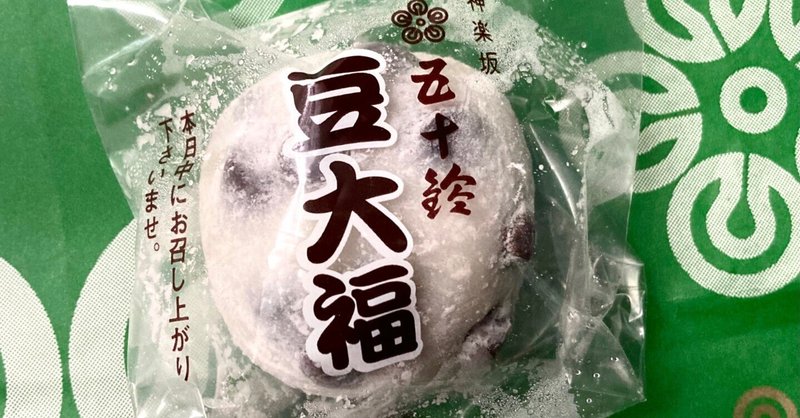
Dig Japan vol.2 “Daifuku (大福)”
Daifuku (大福) is wagashi that a piece of mochi typically filled with azuki bean paste. It is so common in daily life of Japanese people that we can find not only at wagashi shops, but also at supermarkets and convenience stores. How did it became so popular?

Daifuku has a long history. Its origin is said to be “Uzura Mochi (鶉餅)” which was made in the late Muromachi period (around 1492~1569) and named as its shape looked like an egg of uzura, meaning ‘quail.’ It used shioan (塩あん), bean paste flavored with salt, because sugar was one of luxury products and ordinary folks could not afford it easily at that time. It was also called ”Harabuto Mochi (腹太餅)” or ”Daifuku Mochi (大腹餅)” because it gave a feeling of full. This allegedly became populare, and ingredients such as peas and mugwortthes were mixed into mochi to enjoy its flavor.
The prototype of modern daifuku was born in the late Edo period. According to “Horekigenraishu (宝暦現来集),” a widow named Otama and lived in Koishikawa, Edo, developed and hawked small “Otafuku Mochi (おた福餅)” filled with sweet bean paste in 1771. She used sugar instead of salt for the filling and made its size smaller than existing Uzura Mochi. Ten years later, it changed its name to “Daifuku Mochi (大福餅)” meaning ‘great luck’ and people craved it as they believed that eating it would bring good fortune.

During the Kansei period, hot daifuku which baked by peddlers got popular. It was like fast food nowadays and we can know its popularity by books from the Edo period. Modern daifuku often wraps bean paste in gyuhi (kneaded rice flour with sugar or starch syrup) to prevent it from becoming hard. However, since it used mochi then, it tended to be tough as the time passed, so it was baked before eating to make softer.
Daifuku eventually spread throughout Japan with many flavor variations. However, sugar was still one of luxury foods, “Shio Daifuku (塩大福)” which is flavored with salt came popular during the Meiji and Taisho eras. Even today, in areas around Saitama Prefecture, “Shio Anbin (塩あんびん),” less sweet daifuku, is enjoyed and this is said to be a vestige of those days.
This article was written by 𝐡𝐢𝐫𝐨𝐤𝐨, working as a freelance translator and press for overseas apparel brands in Japan, with the purpose of broadening her insight into the Japanese traditional culture.
いつも読んでくださってありがとうございます☺︎いただいたサポートは、記事のクオリティ向上に活用させていただきます。応援よろしくお願いします❦
